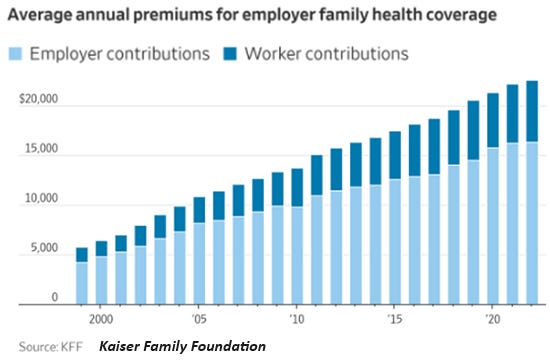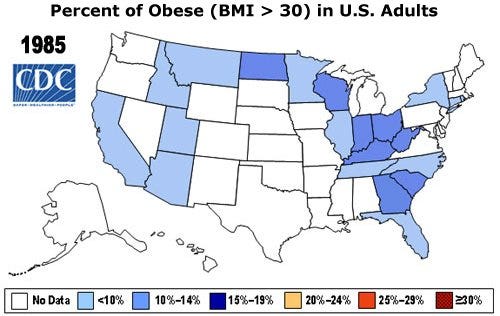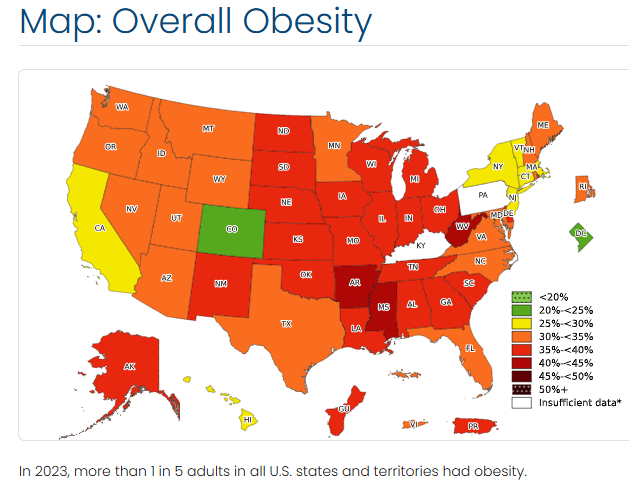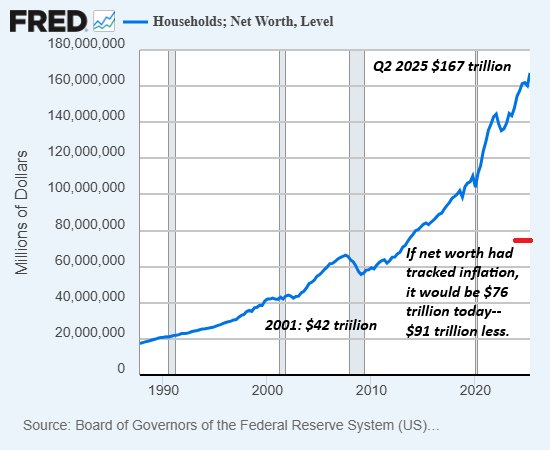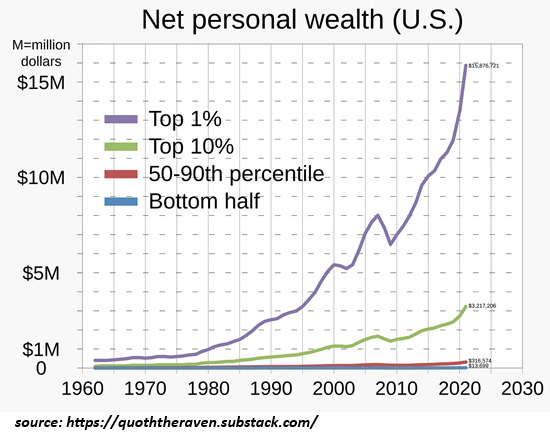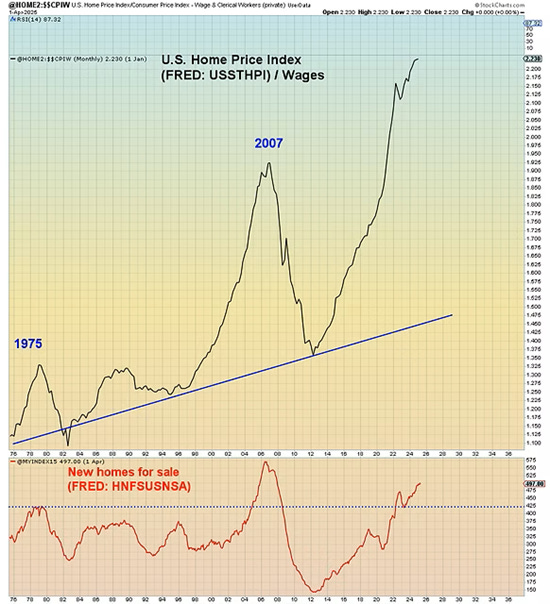https://seekingalpha.com/news/4521592-m ... -successorMichael Burry to shut down hedge fund, names Phil Clifton as successor
Nov. 13, 2025 11:34 AM ETNVDA, PLTR
By: Sinchita Mitra, SA News Editor
"Big Short" investor Michael Burry has reportedly closed his firm Scion Asset Management and named Phil Clifton as his successor.
Earlier in the day, several posts on X circulated a photo of a letter dated October 27 from Burry to Scion's investors saying that he was winding down his fund.
The closure of the firm was confirmed by the Financial Times, citing two people with direct knowledge of the letter Burry sent to investors.
"With a heavy heart, I will liquidate the funds and return capital—but for a small audit/tax holdback – by year’s end. My estimation of value in securities is not now, and has not been for some time, in sync with the markets," the letter said.
The major short-focused hedge fund that shut down at the peak of the 2000 dot-com bubble was Tiger Management, founded by Julian Robertson.
Tiger Management closed in March 2000, exactly as the NASDAQ hit its all-time high of 5,048 on March 10, 2000, marking the top of the dot-com bubble.
In his famous closure letter (March 30, 2000), Robertson wrote:
"The key to the hedge fund business is to compound money for investors. We have not been able to do that recently... As a result, we have decided to return all capital to investors."
https://www.nytimes.com/2000/03/31/busi ... osing.htmlThe End of the Game; Tiger Management, Old-Economy Advocate, Is Closing
By Gretchen Morgenson
March 31, 2000
The financial markets humble ordinary investors all the time. In Julian H. Robertson Jr., head of Tiger Management, they have humbled an investing giant.
After 20 years of generating superlative investment returns by buying stocks that were undervalued and selling short those that carried excessive valuations, Mr. Robertson, 67, confirmed yesterday that he was shutting Tiger's operations. He has essentially decided to stop driving the wrong way down the one-way technology thoroughfare that Wall Street has become.
